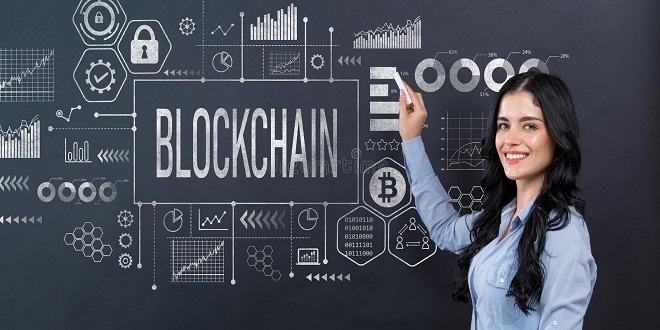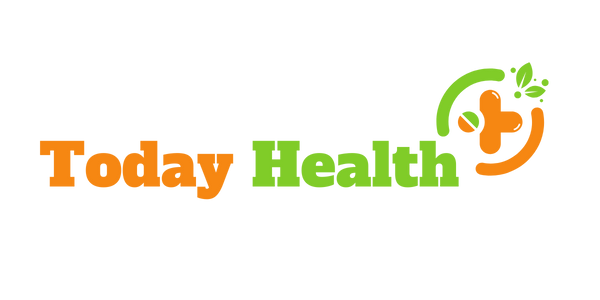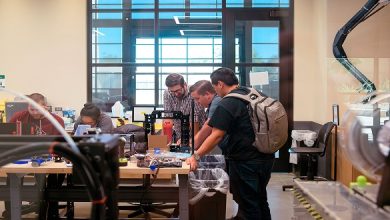Blockchain Implementation in Education

Blockchain technology can help solve problems in education systems and educational institutions. It can also be resolved using blockchain technology within the education system.Blockchain can revolutionize the way students and staff record their records over the network. The distributed system stores the data, making it more secure and transparent. The distributed blockchain environment also ensures data integrity and immutability.
The steps involved in deploying data onto the blockchain network are known as Blockchain. can trade in order to join blockchain. The operations are often slow because the central institutions and the verification authorities take longer to complete. Blockchain technology can eliminate the possibility of server outages. The process is quicker because we don’t rely on the central authority. The data on the Blockchain is also tamper-proof, and cannot be altered once it has been deployed to the blockchain network.
Blockchain In Education
Most certificates in education state that learners and educators have achieved certain achievements. They are usually issued in paper or other physical formats. Paper certificates can be tampered with and forgeried. The digital certificates stored on blockchain networks, however, are much more difficult to forge and are therefore tamper-proof.
Blockchain technology provides protection against counterfeit certificates as well as simplified verification of Certificates using a smaller amount of resources. Blockchain is comprised of three steps, including digital certification and storage of data onto the Blockchain.
Only copies of paper certificates from learners are available to educators. The central authority must be consulted by educators to verify the certificates. This is a tedious process that can slow down the use of blockchain technology in education.
The University of Nicosia and Sony have both successfully implemented Blockchain education to store digital certificates and issue degree.
Digital Certification
Initially, the learner enters his personal information and the unique ID. The data is then kept on the Blockchain. The data is then sent to the verifying institution for verification. After successful verification of the data, the success token will be sent to the learner. The data is then safely stored on the institute’s private Blockchain network.
The Essential Characteristics Of Digital Certificates
The generated hash is used to store the digital certificates on the blockchain network. The blockchain network contains the generated hash. Here, the issuer and verifying authority have their own Blockchains for digital certificates storage. They are digitally stored on thousands of computers which makes them stronger and more secure than regular certificates. It also requires less resources to issue, maintain and access than the standard digital certificates.
Digital Signature
The time stamp is the digital signature. This stamp is unique to the user and cannot be altered or tampered. The private key is used to digitally sign the document and the public key is used to access his public key. The recipient can confirm and verify his identity. Digital signatures are more secure than electronic signatures and can be used for data storage more securely.
Advantages over Traditional Approach
The Blockchain can be used to assess the education system without the need for a central authority. It can also be used to store the digital certificates and degrees. The Blockchain can store information such as research experiences, skills, online learning experiences, and individual interests. It is safer than traditional formats. The blockchain networks can store private information of educators and learners in an immutable format.
Distributed Data in Educational
The Environment Blockchain ledger can be distributed to allow candidates to monitor any changes made in order reduce degree fraud. The distributed blockchain network stores the entire data so that all learners can track it. This prevents widespread tampering. Once the blocks are deployed, they cannot be altered. The proof of work algorithm can verify the data on the distributed Blockchain network and it will then be stored on the internet with valid credentials.
System Overview
The ID of the learner is what will allow them to be identified on the blockchain network. The learner is granted different rights when storing data on the Blockchain. Learners can insert the attendance for theory, insert assignment marks, insert laboratory and test attendances. After verifying the identity of the learner through the verifying institution, the learner can store data on the Blockchain using smart contracts.
Future Educational Applications
The expression “Learning is earning” can also be used to describe digital currencies that are kept in the wallet of the learner. This can encourage learners to take part in different educational activities.
Formative assessment can be challenging because we have to keep track of all details about the activities of each learner. It can be simplified and used more efficiently in the education system.
The digital identity between the parties can be kept safe and securely stored on the Blockchain network.
Smart contracts will decrease the need for third parties to be involved and improve overall performance.
Intelligent contract-based blockchain systems can solve more educational problems.
Blockchain technology can simplify every aspect of teaching and learning.
Conclusion
Blockchain is a distributed technology. Smart contracts can be built and deployed to Ethereum’s blockchain. These smart contracts can also be created using solidity programming language. Blockchain can be used in private, public, and consortium sectors, depending on the use and scope of the Blockchain. This scalability and effectiveness of Blockchain can be beneficial to the education system.



